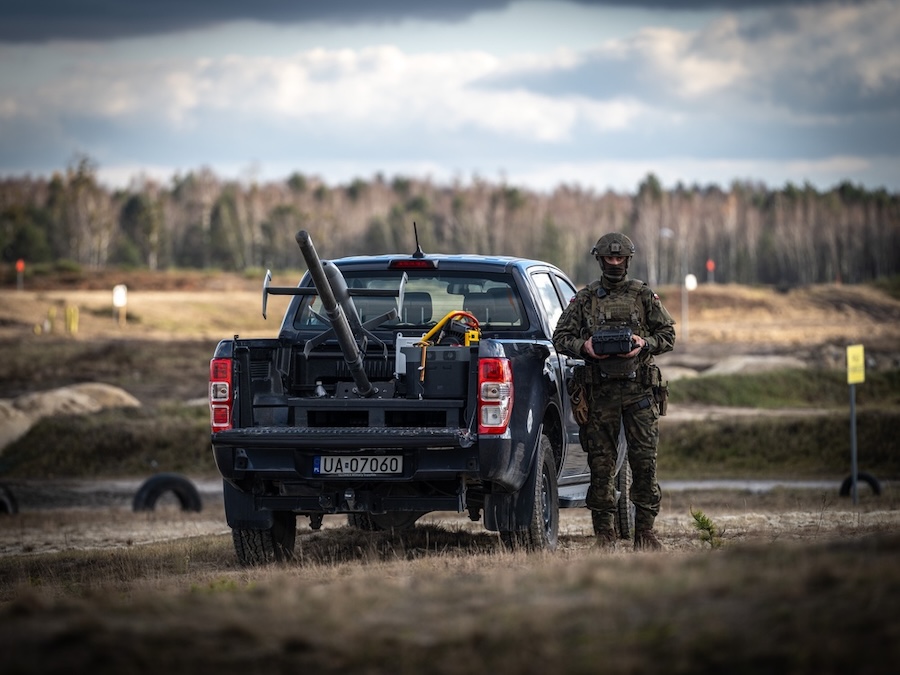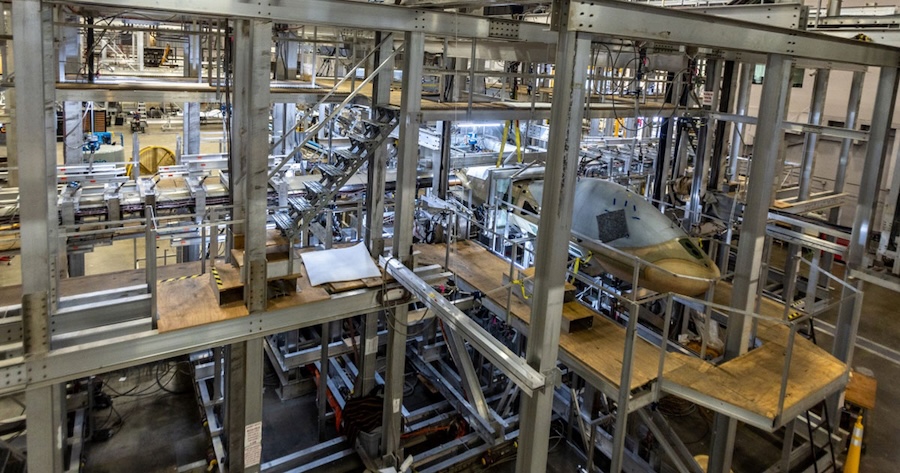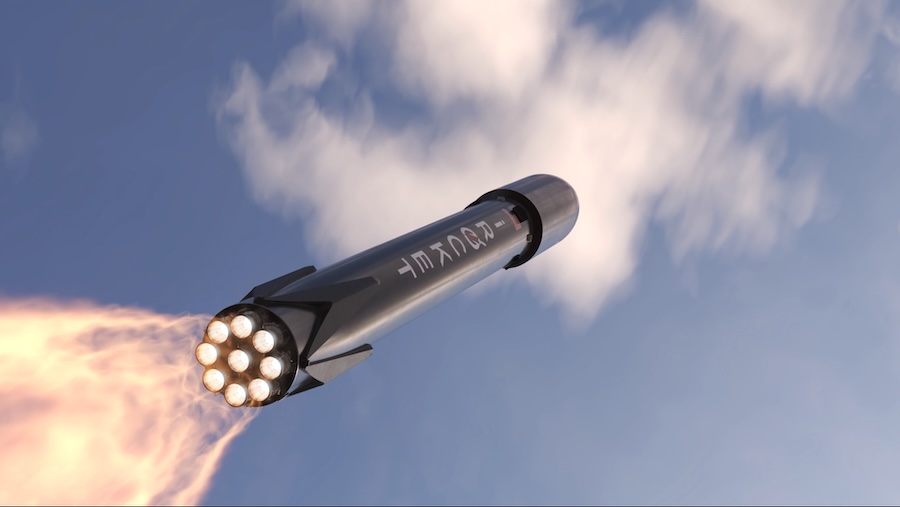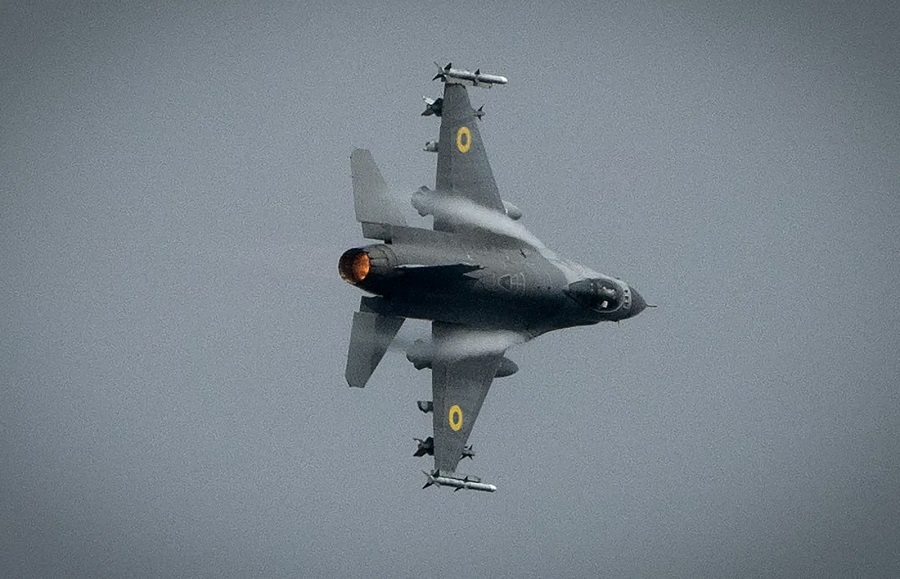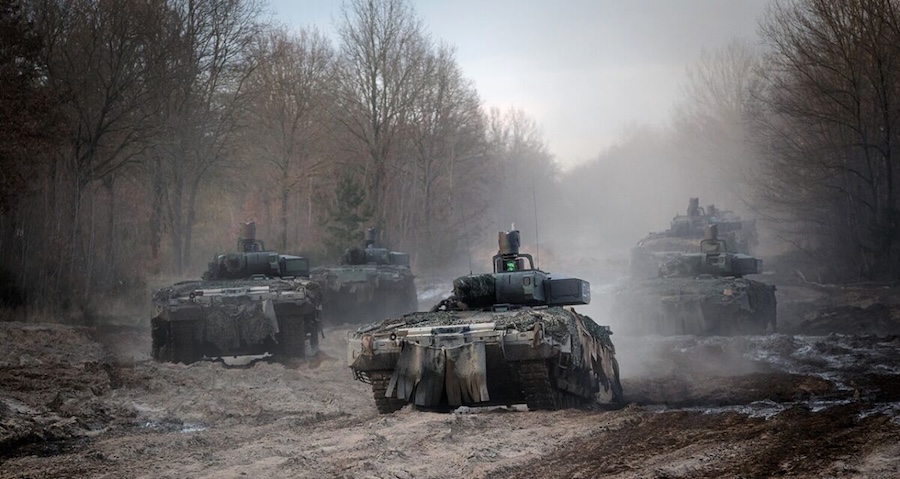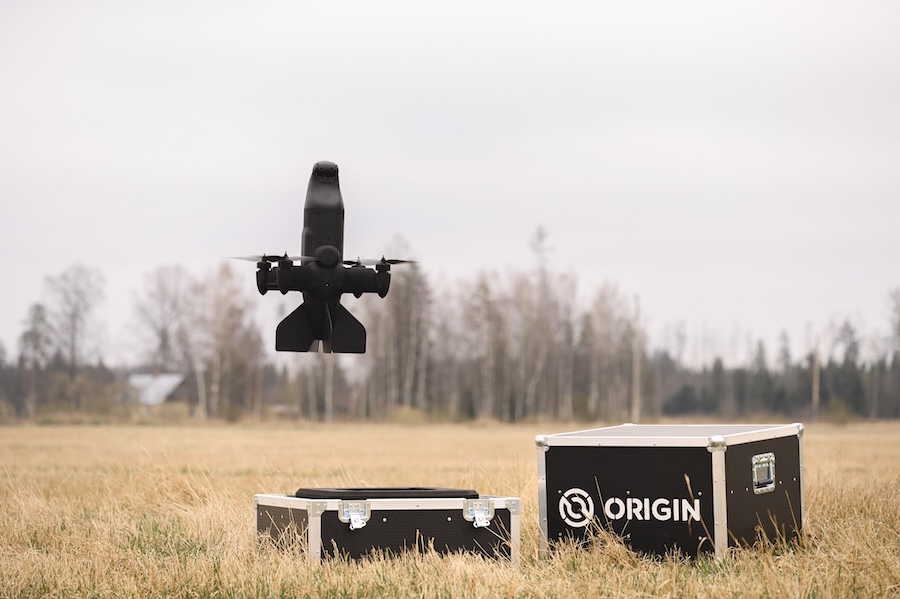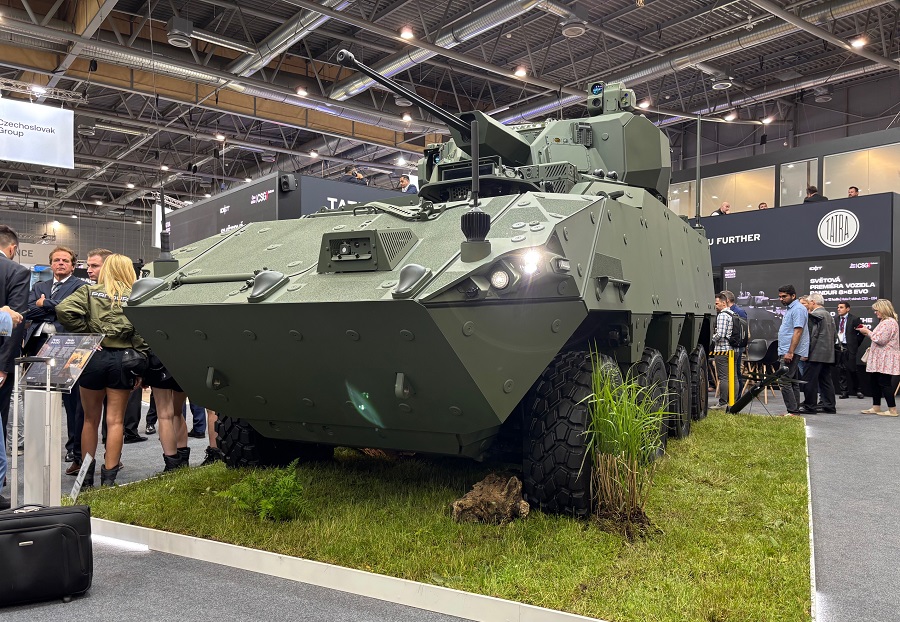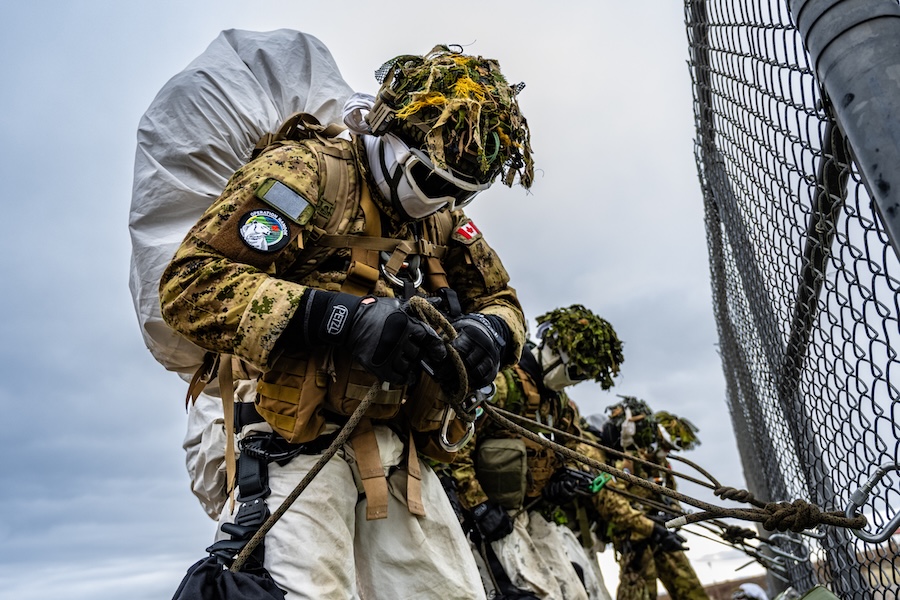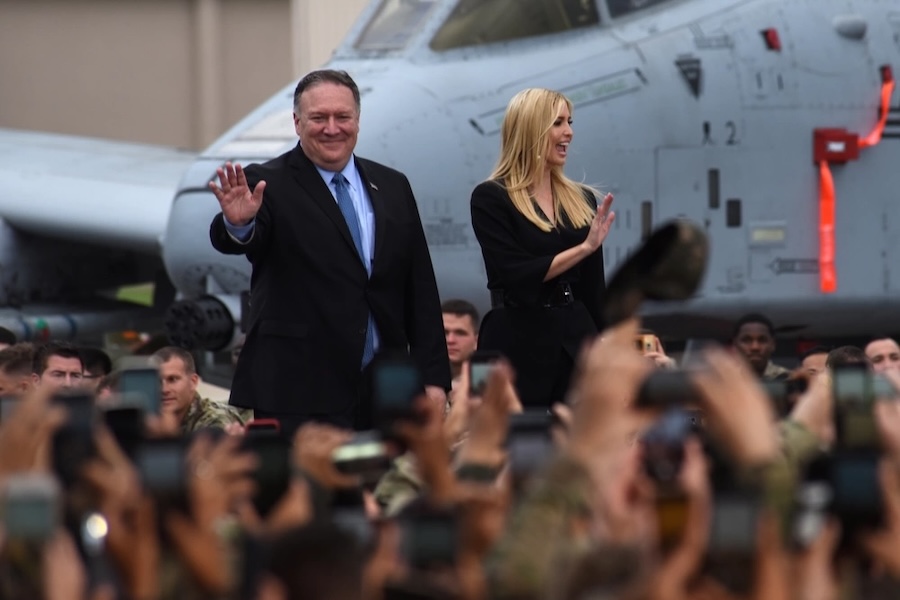Under the LIMWS Quick Reaction Capability (QRC) contract, BAE Systems designed, developed, and delivered 2CAWS to protect U.S. Army utility, heavy-lift, and attack helicopters. This solution provides highly effective, next-generation threat detection and warning capabilities that improve aircrews’ survivability. The systems use modern multi-spectral sensors, a high-speed digital backbone, and machine learning algorithms to quickly and accurately detect threats in complex environments, and cue laser-based and expendable countermeasures.
“Protecting U.S. Army helicopters is core to our mission,” said Dave Harrold, vice president and general manager of Countermeasure & Electromagnetic Attack Solutions at BAE Systems. “We’ve worked closely with Army Aviation to provide cutting-edge capabilities that protect crews from evolving threats, provide adversarial overmatch, and enable warfighters to execute missions in contested battlespace.”
2CAWS-equipped aircraft have successfully flown thousands of hours in operational environments. The system builds on the proven missile warning capabilities of BAE Systems’ Common Missile Warning System (CMWS), which is currently fielded on thousands of U.S. Army and international armed forces’ aircraft and has demonstrated its effectiveness and reliability over millions of flight hours.
A leader in next-generation threat warning and countermeasure systems, BAE Systems is actively developing new capabilities. The company has deep expertise in executing critical QRC programs and fielding systems optimized for the size, weight, and power constraints and rigorous operating conditions of rotary-wing aircraft.














